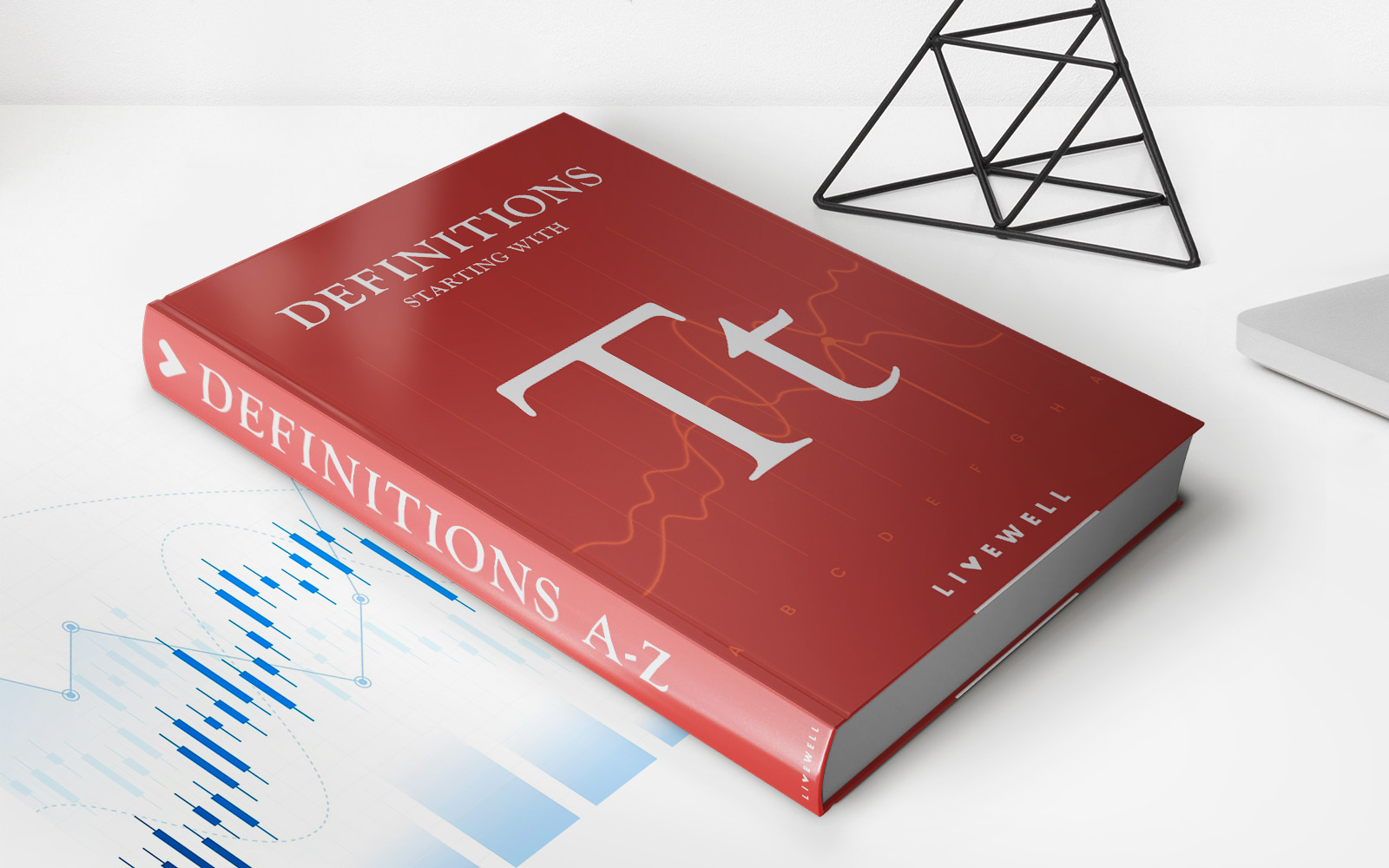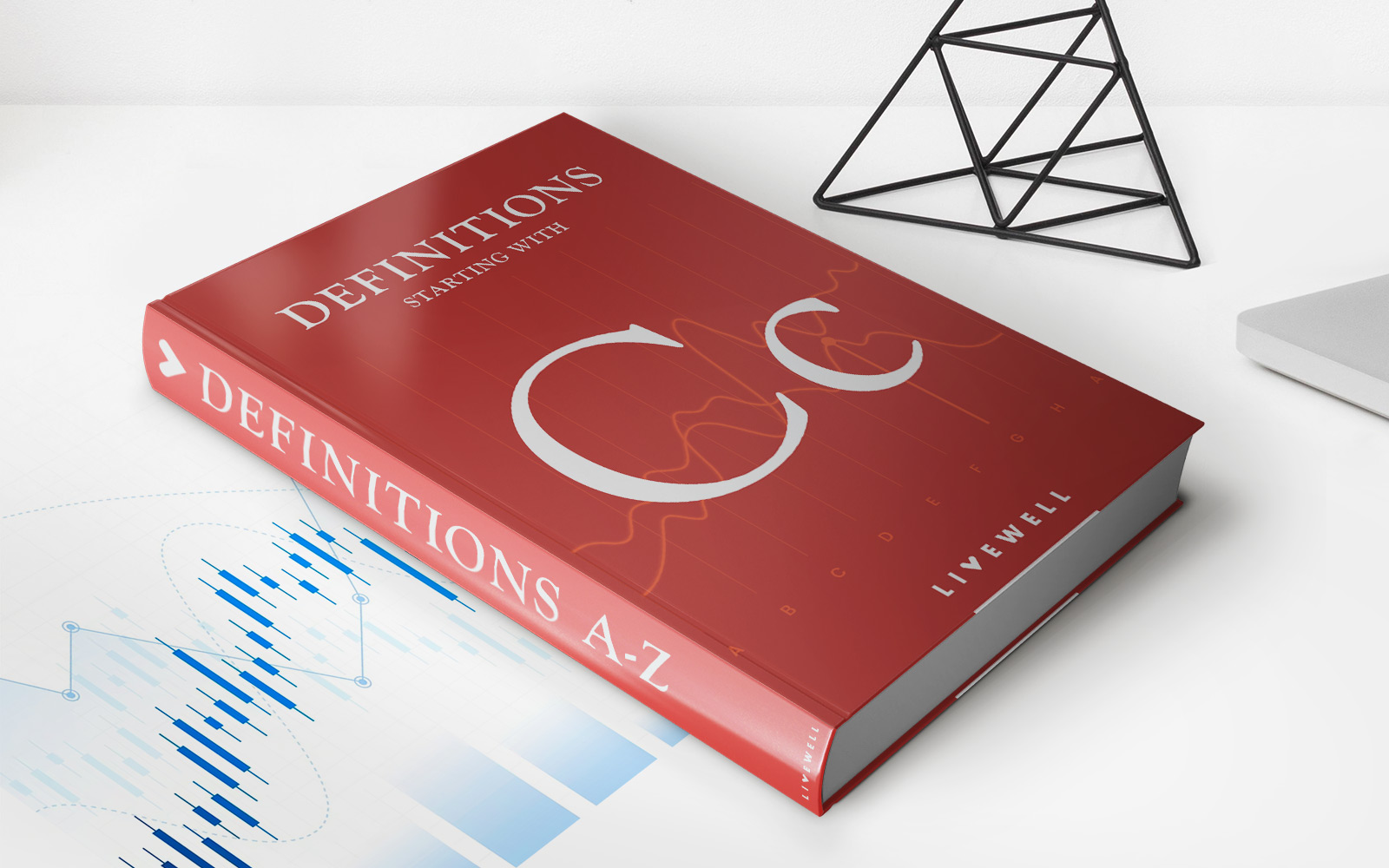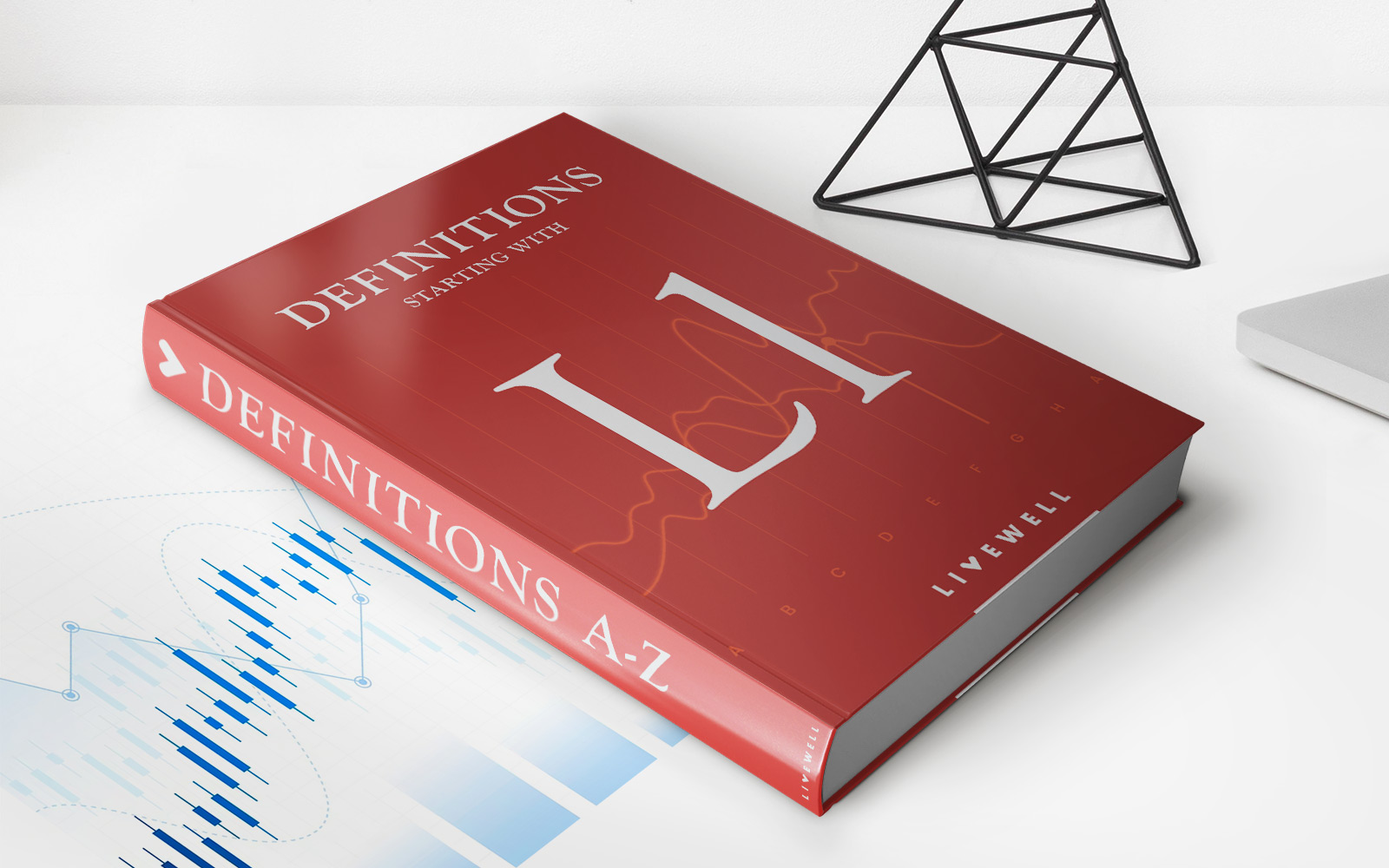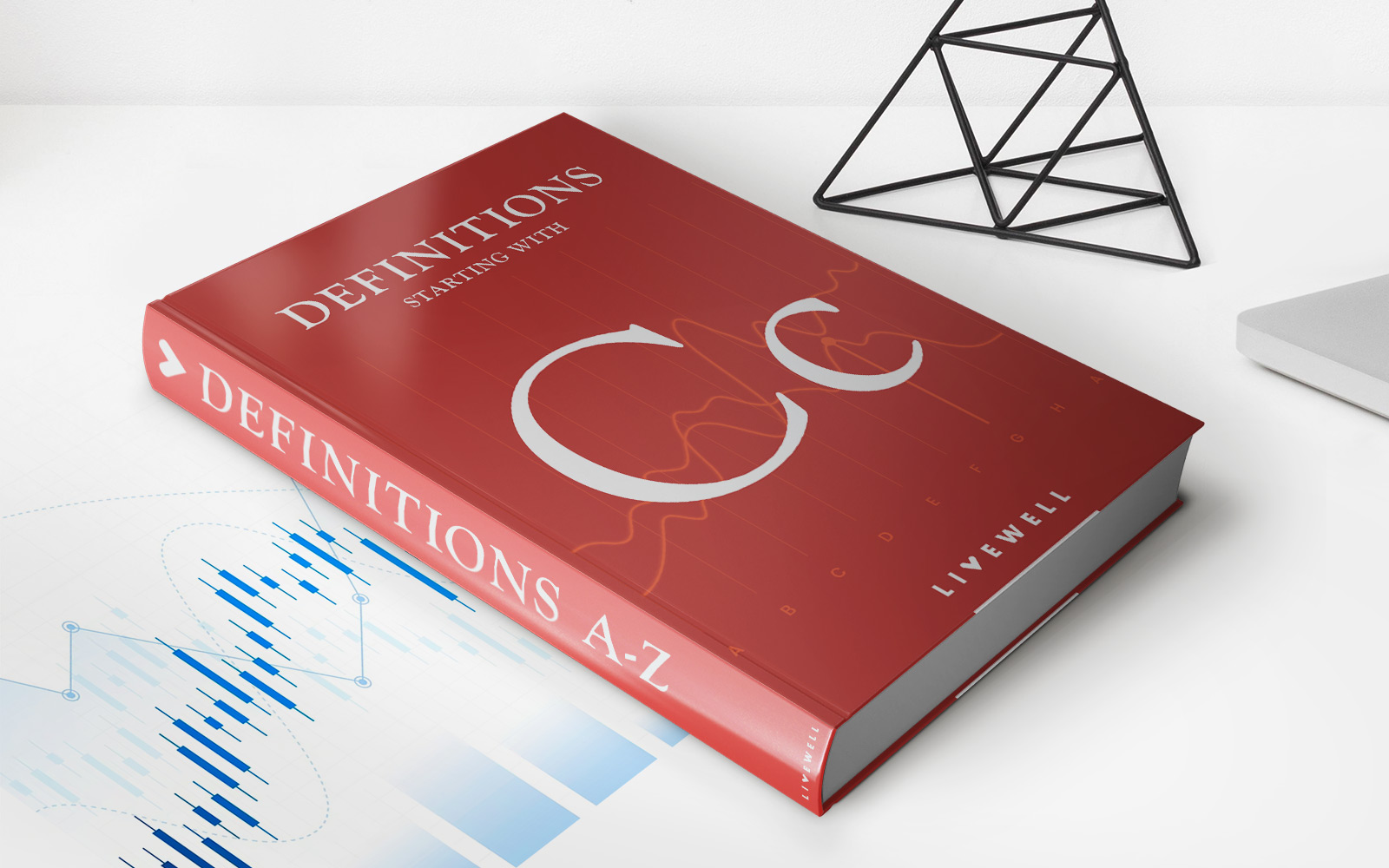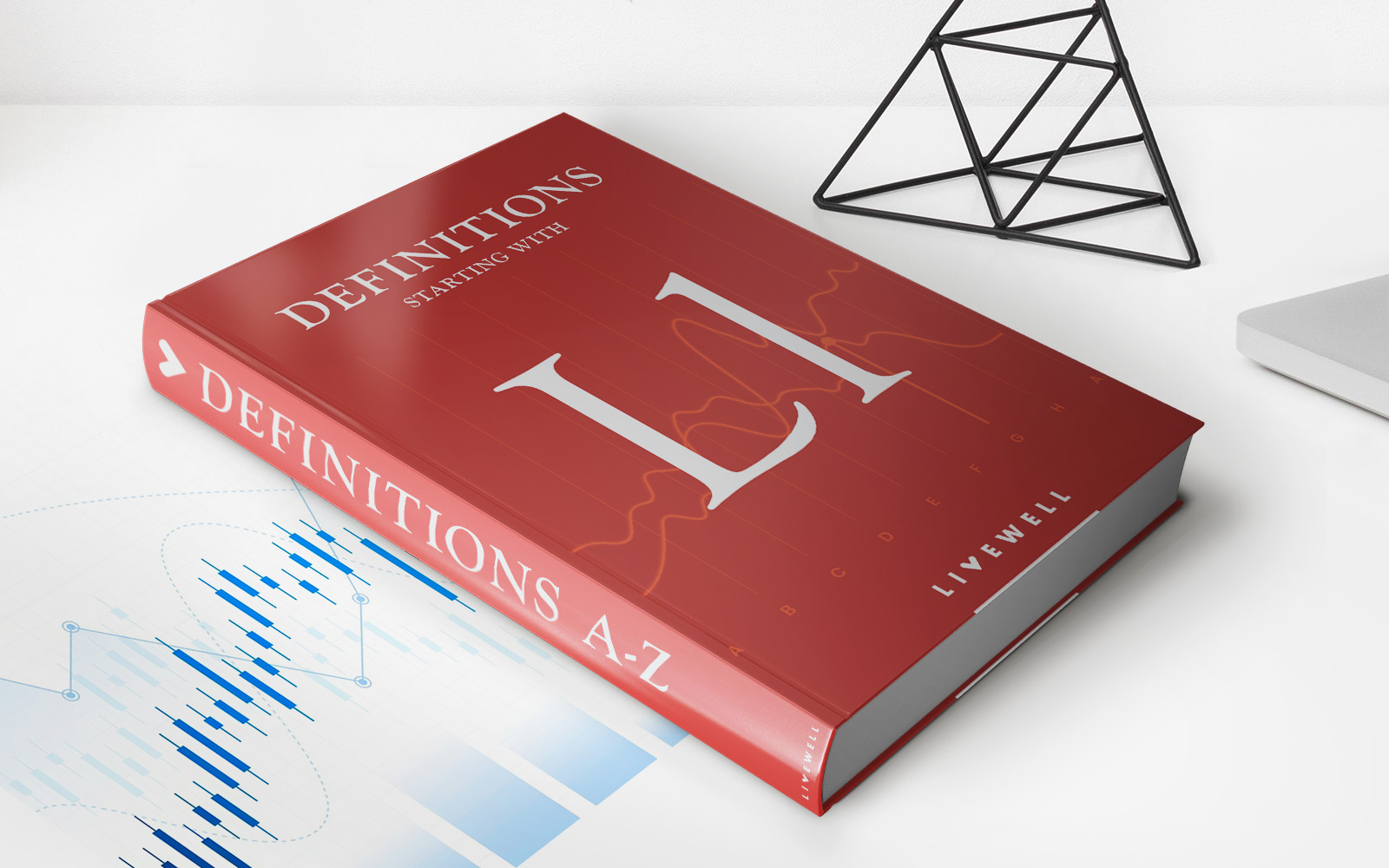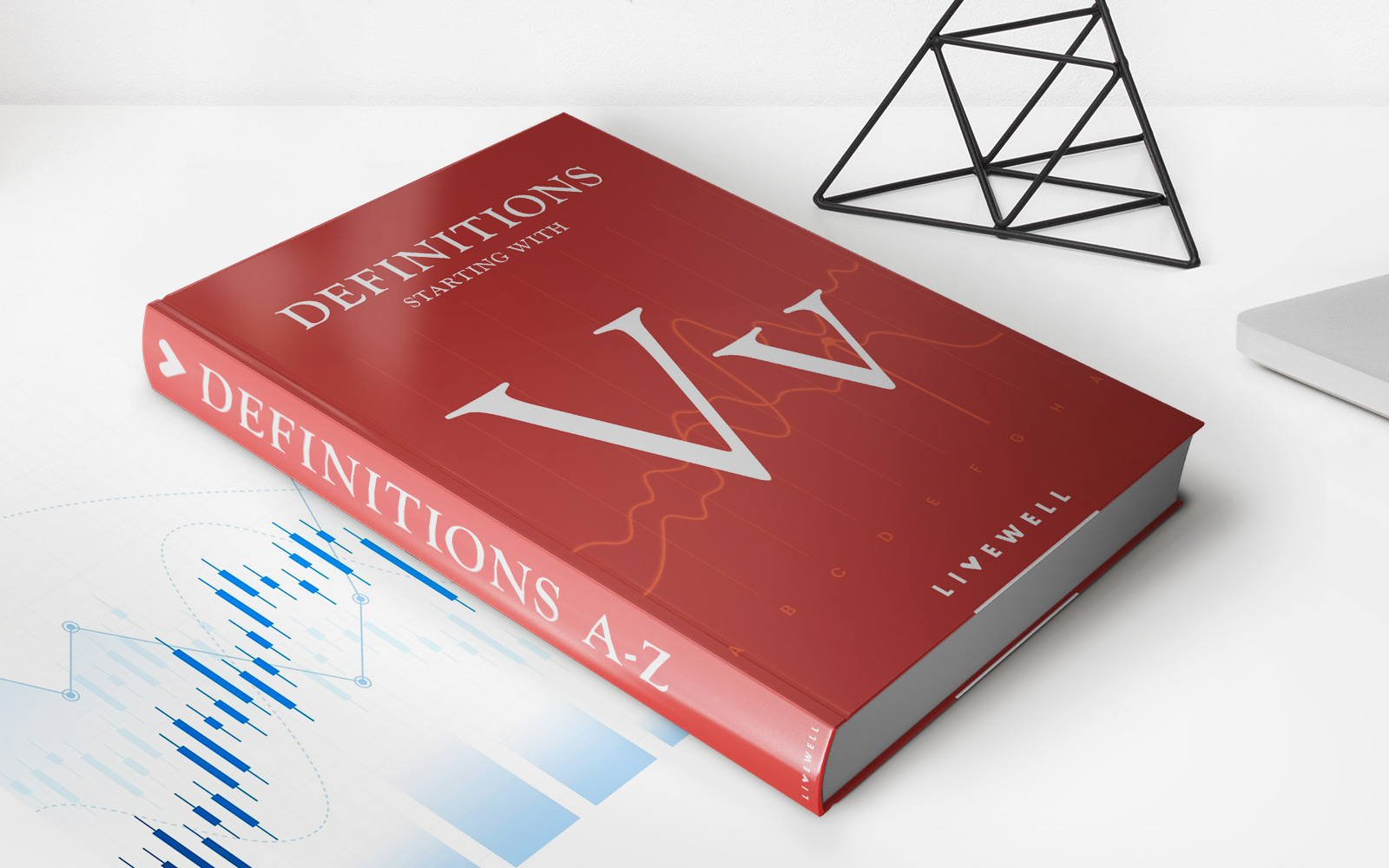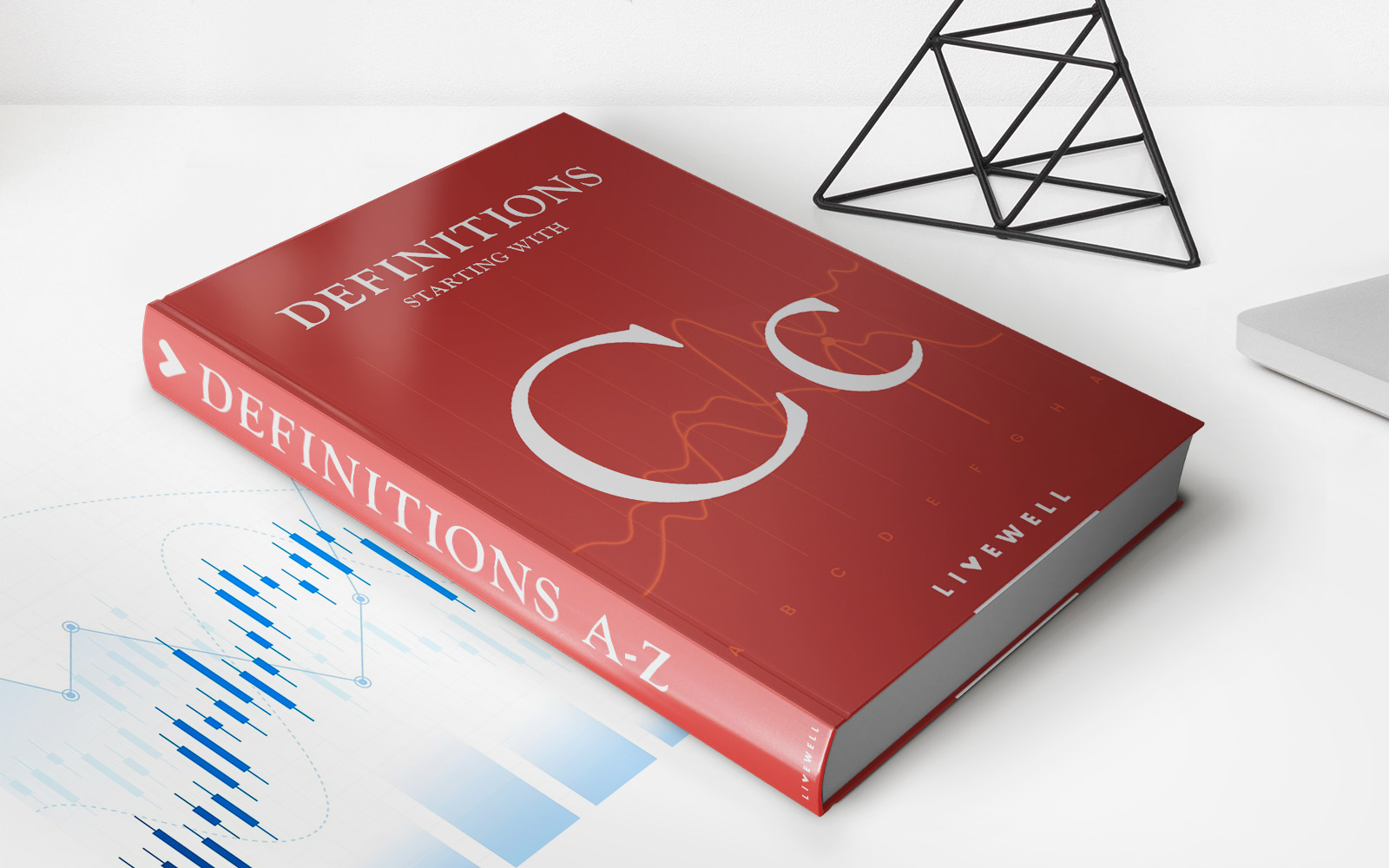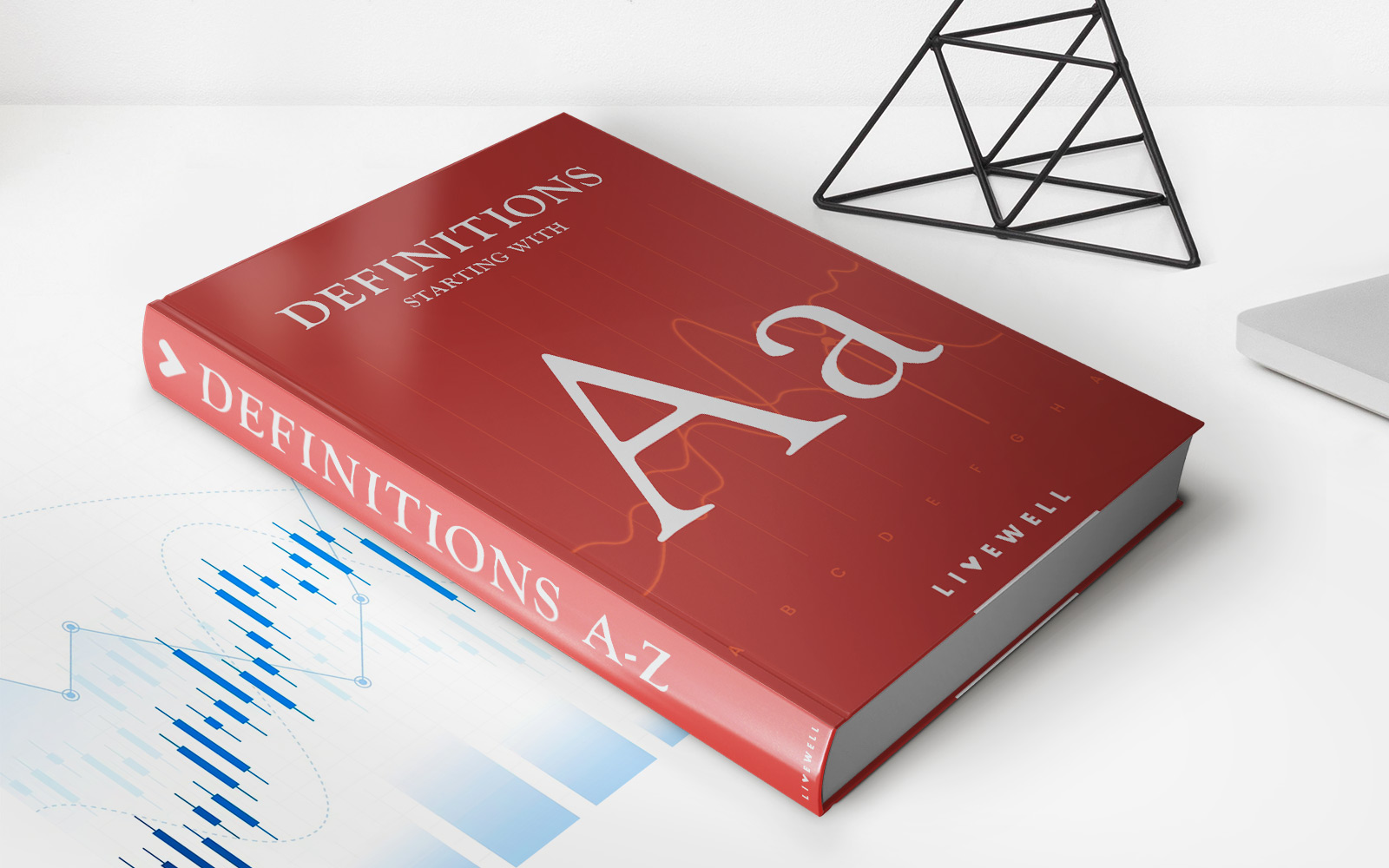Home>Finance>Liquidation Preference: Definition, How It Works, Examples
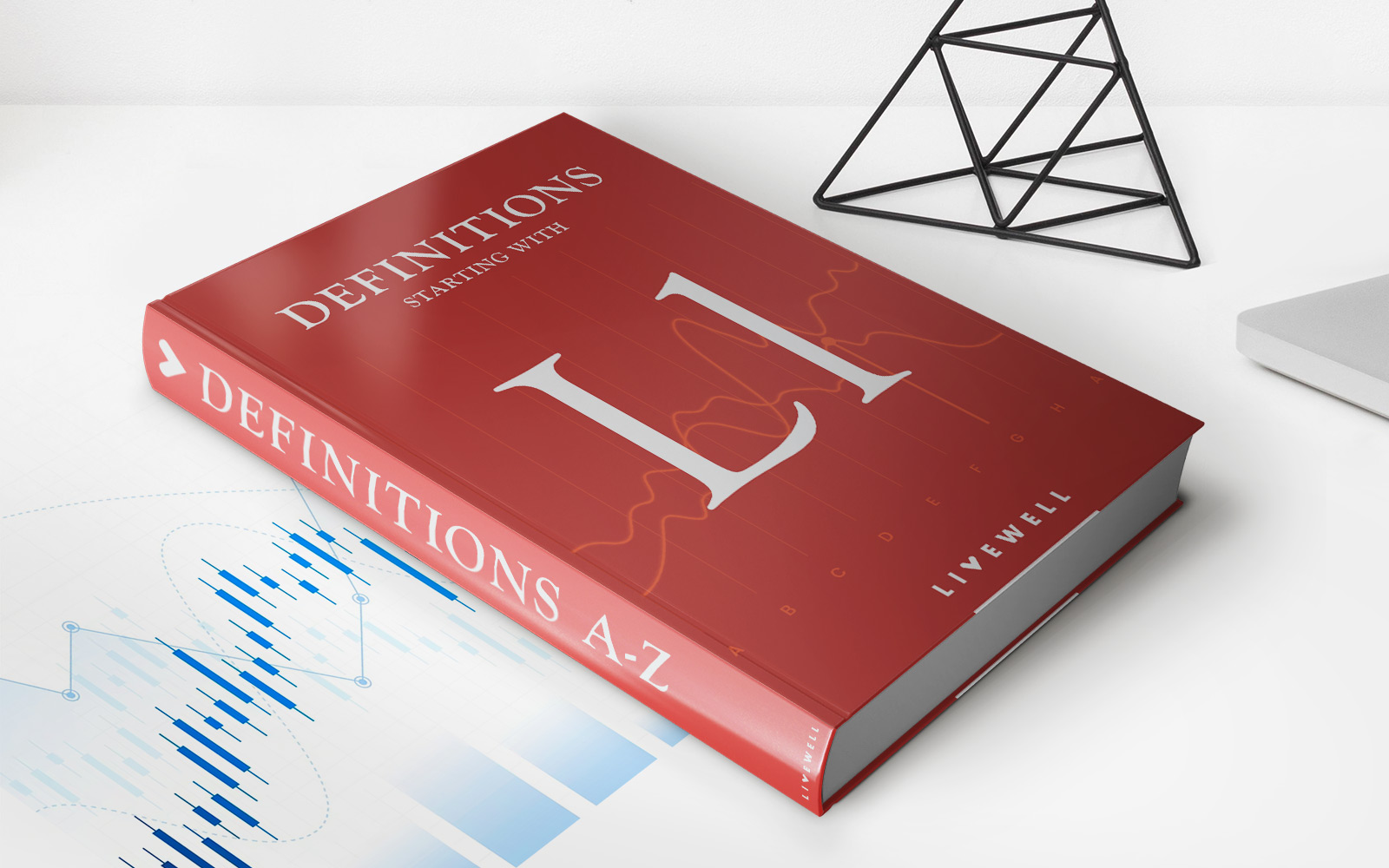

Finance
Liquidation Preference: Definition, How It Works, Examples
Published: December 19, 2023
Learn about liquidation preference in finance - its definition, how it works, and real-life examples. Understand this essential concept in just a few clicks!
(Many of the links in this article redirect to a specific reviewed product. Your purchase of these products through affiliate links helps to generate commission for LiveWell, at no extra cost. Learn more)
Liquidation Preference: Definition, How It Works, Examples
When it comes to the world of finance, there are several concepts that can be complex and difficult to understand. One such concept is liquidation preference. In this blog post, we will demystify this term and explain how it works, providing real-life examples along the way. So, if you’ve ever wondered what liquidation preference is and why it matters, you’re in the right place!
Key Takeaways:
- Liquidation preference is a term used in finance to describe the priority of certain shareholders or investors to receive their investment back during a company’s liquidation.
- There are different types of liquidation preferences, including participating and non-participating preferences, which determine how the investors will be paid out.
What is Liquidation Preference?
Liquidation preference refers to the order in which investors or shareholders are paid out during the liquidation of a company. In simpler terms, it determines who gets what when a company goes bankrupt or is sold.
Imagine you’re an investor who has poured a significant amount of money into a startup. If that startup fails, the liquidation preference determines whether you will recoup your investment before other stakeholders, such as common shareholders or employees, receive their share of the remaining assets. It essentially sets the pecking order for how the proceeds from the liquidation will be distributed.
Types of Liquidation Preferences
There are two primary types of liquidation preferences: participating and non-participating preferences.
1. Participating Liquidation Preference:
- With participating liquidation preference, investors receive their initial investment back first.
- However, they also have the right to participate alongside common shareholders in receiving additional proceeds from the liquidation based on their ownership percentage.
2. Non-Participating Liquidation Preference:
- With non-participating liquidation preference, investors receive their initial investment back first.
- They do not have the right to participate in the remaining proceeds with common shareholders.
Examples of Liquidation Preference
Let’s illustrate these concepts with some real-life examples:
Example 1:
Company XYZ raises $10 million from investors with a 2x participating liquidation preference. If the company gets acquired for $25 million, here’s how the payout would be distributed:
- Investors receive $20 million (2x their initial investment) plus their pro-rata share of the remaining $5 million.
- Common shareholders split the remaining $5 million based on their ownership stake.
Example 2:
Company ABC raises $10 million from investors with a non-participating liquidation preference. If the company gets acquired for $25 million:
- Investors receive $10 million, which is their initial investment back.
- Common shareholders split the remaining $15 million based on their ownership stake.
In both examples, the liquidation preference governs the order in which the investors are paid out and the distribution of remaining proceeds.
Why Does Liquidation Preference Matter?
Liquidation preference matters as it directly impacts the potential return on investment for different stakeholders. Investors may negotiate for a higher liquidation preference to protect their capital and maximize their returns. On the other hand, common shareholders may be concerned about the dilution of their ownership stake and may prefer a lower liquidation preference.
Understanding liquidation preference is crucial for investors, entrepreneurs, and anyone involved in the world of finance. It provides valuable insights into how investments are protected and distributed during significant events like liquidation or acquisition.
So, the next time you come across the term “liquidation preference,” you can confidently navigate your way through its meaning and implications!
